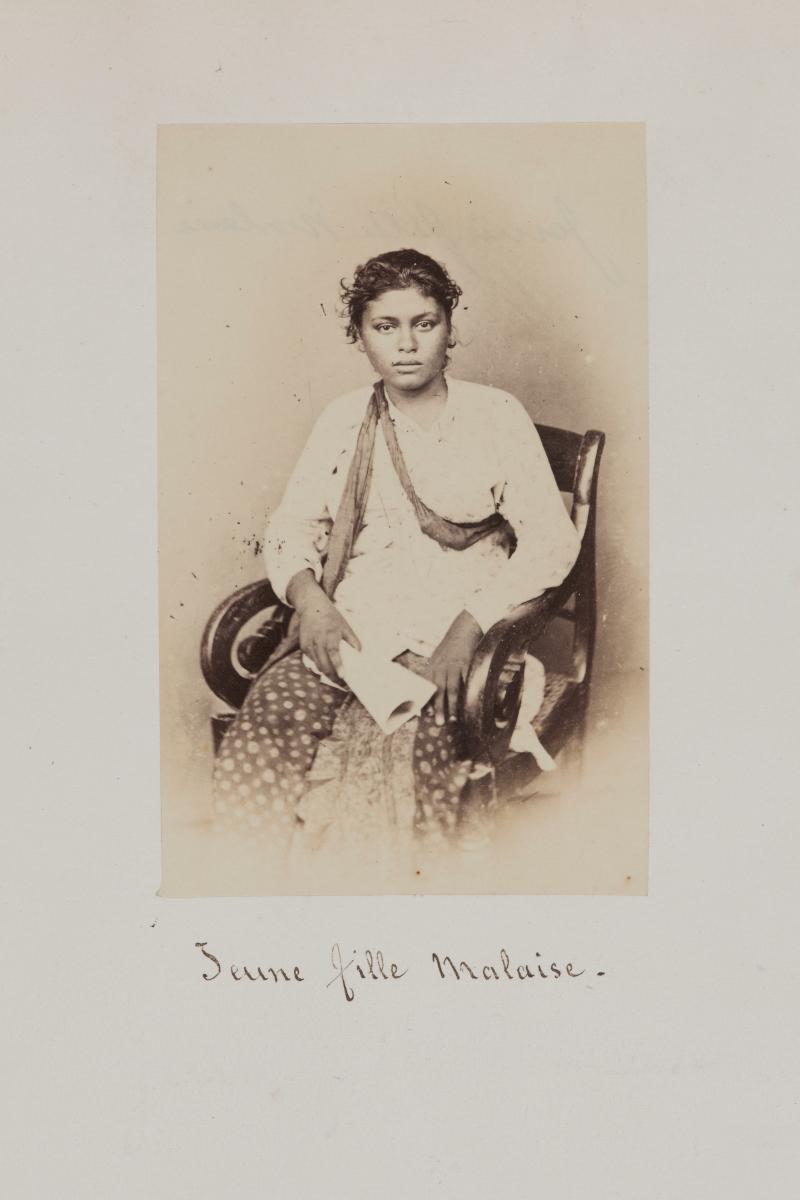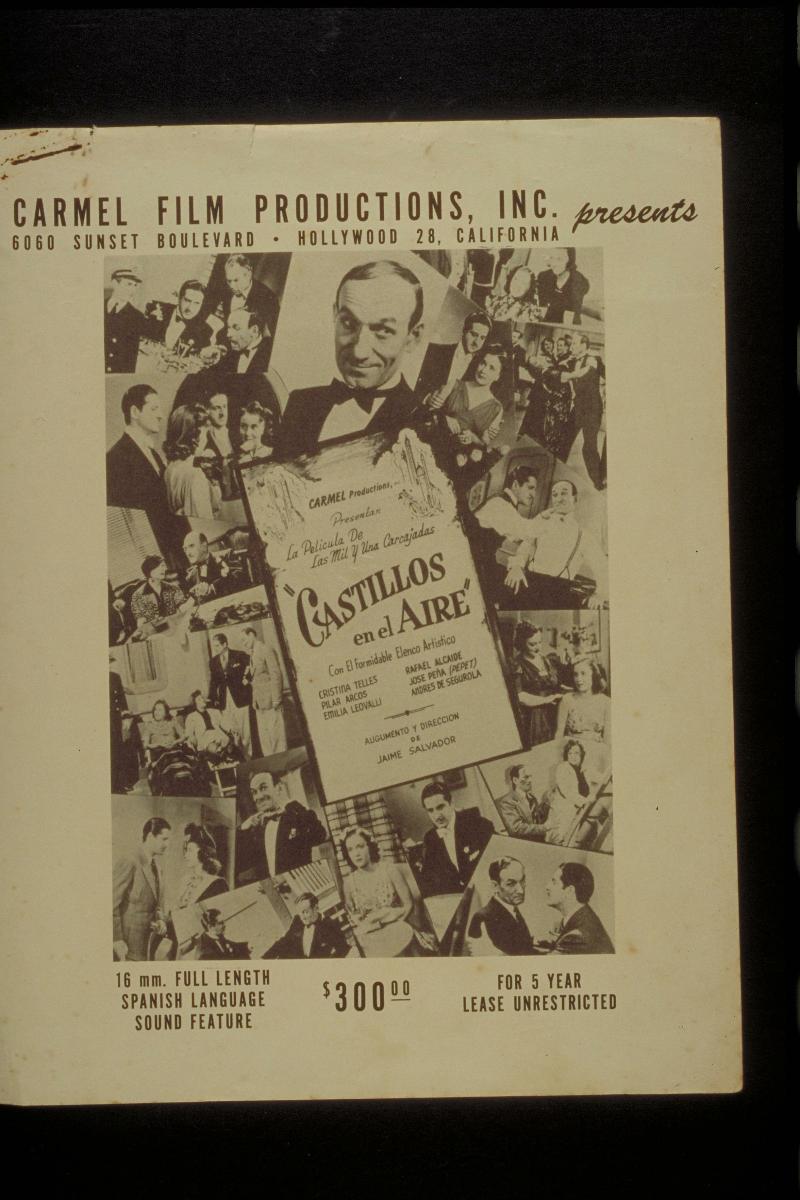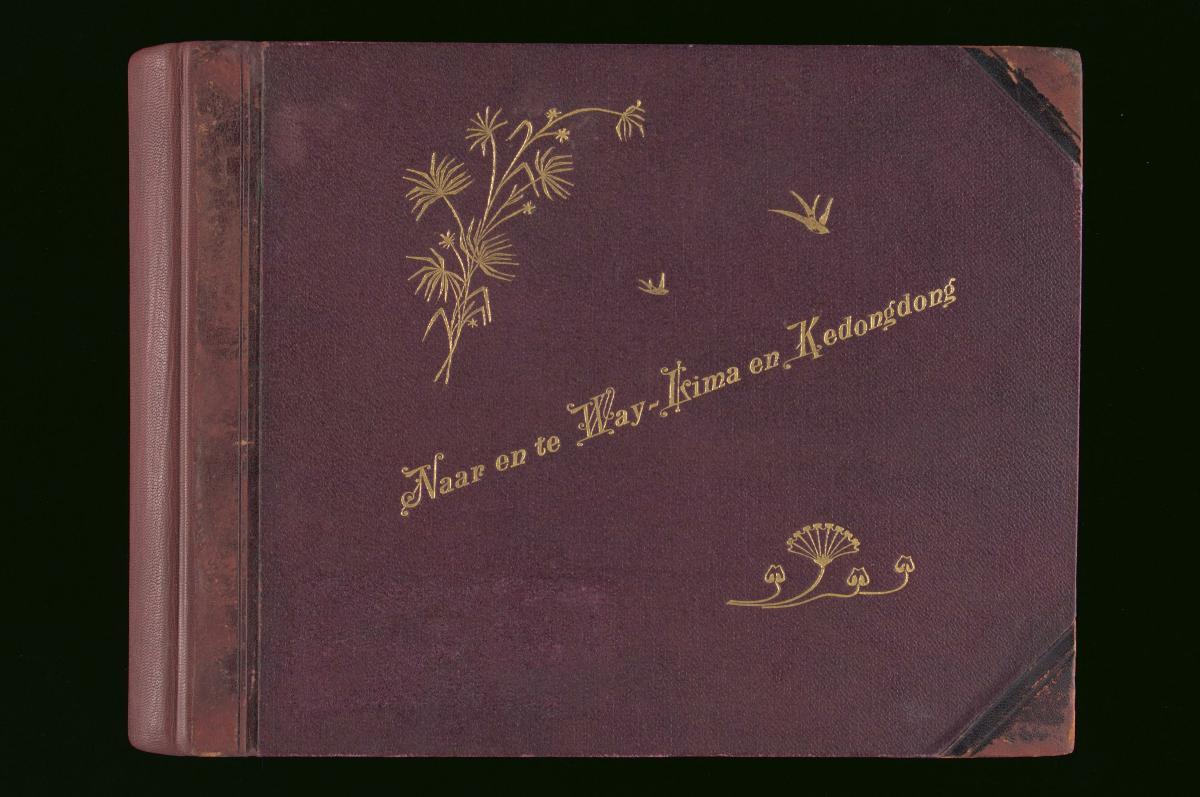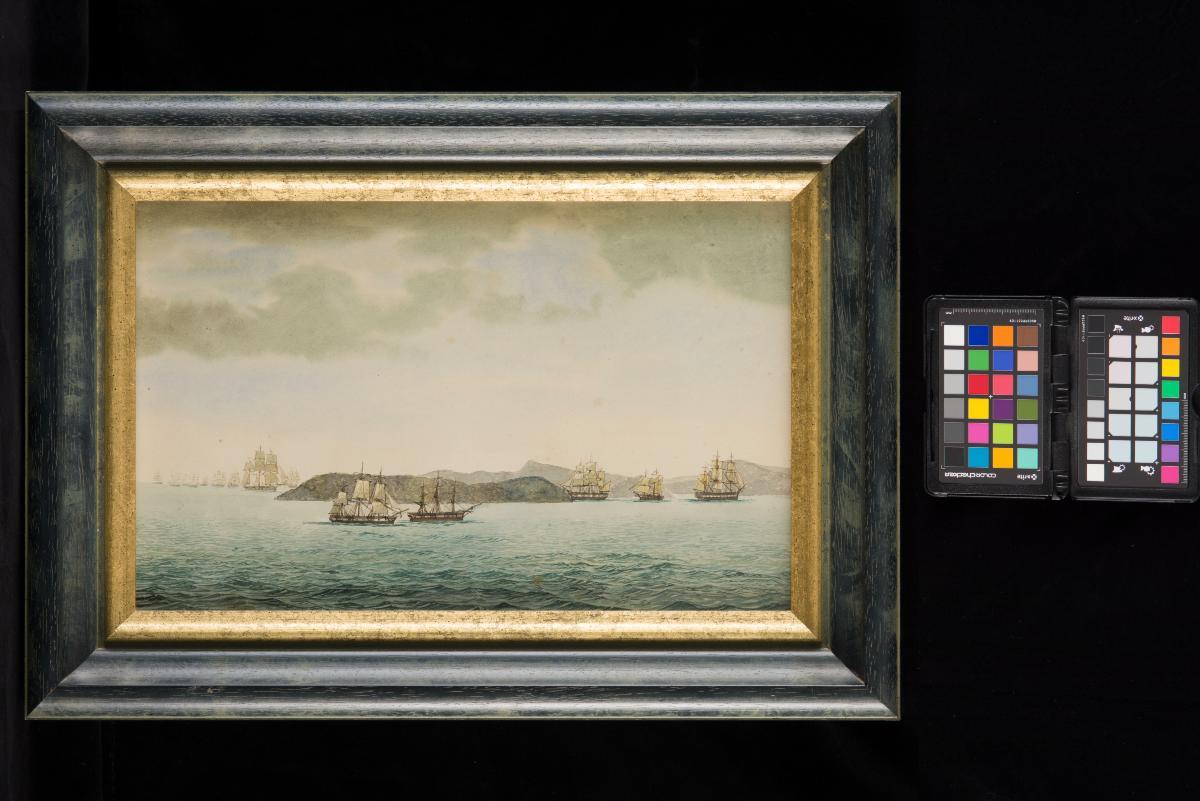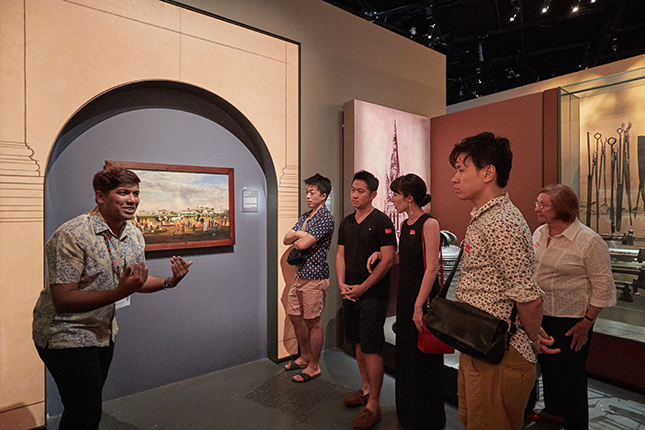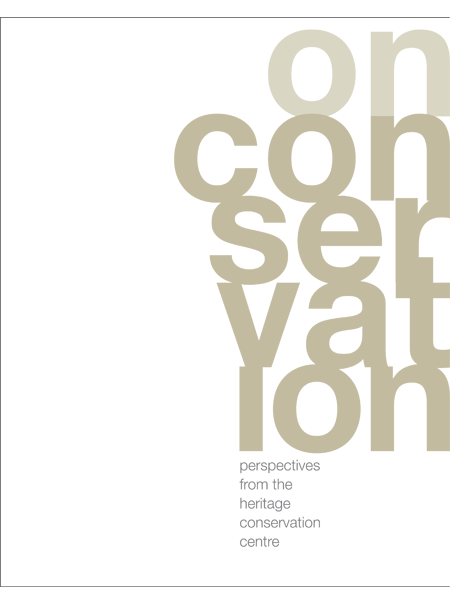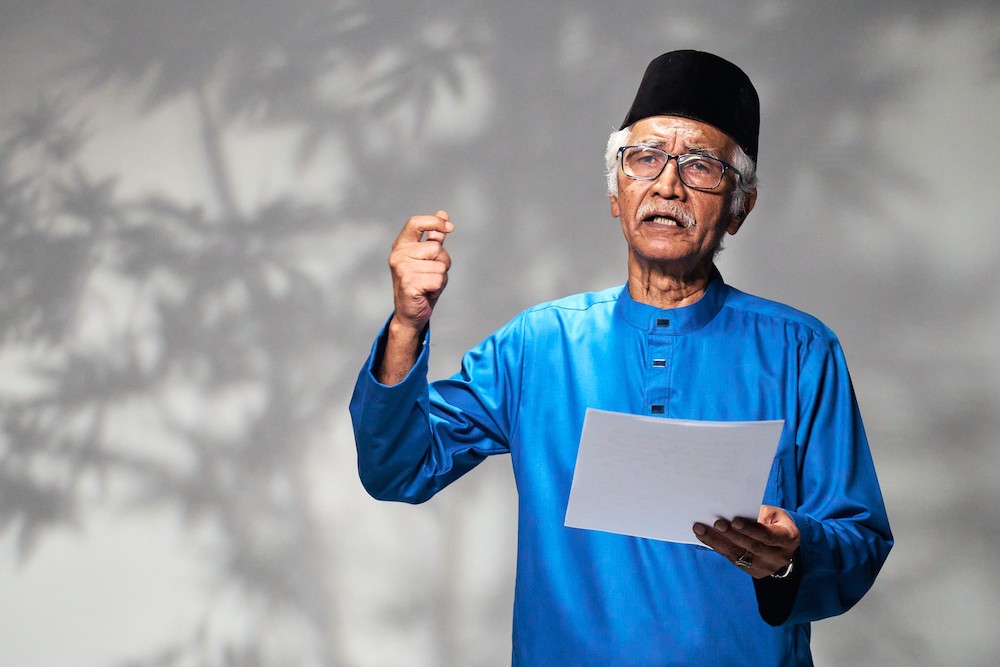Image size: 81.0 x 130.0 cm
Jeune fille en blanc (Young Girl in White) (1931) is a rare and important example from Lê Phổ early period of artistic production, and marks an important juncture in the artist’s career, during his first trip to Paris between 1930-1932. The painting’s colophon is extracted from an 18th Century poem written from the perspective of a conscript’s wife lamenting the suffering of war. The central figure dressed in an austere white áo dài gazes introspectively at a pot of delicate flowers that have been cultivated with care. The blooming flowers are in direct contrast to the spare interior and bleak outdoors that is her backdrop, and Lê Phổ presents us with an allegory of longing, loyalty, duty, and perseverance. Lê Phổ (b. Vietnam, 1907; d. France, 2001), is regarded as a key figure within the discussion of modern art in Vietnam. Alongside contemporaries Mai Trung Thứ and Vũ Cao Đàm, Lê Phổ is representative of the generation of artists trained within the French academic style in Vietnam, who then travelled to Paris to further their careers. Lê Phổ arrived in Paris in 1930, and enrolled at the École Nationale des Beaux-Arts. During this time, he also participated in the Prima Mostra Internazionale d’arte Coloniale in Rome, Italy, 1931, where Jeune fille en blanc (Young Girl in White), was likely to have been displayed.





